By Jim Opalka
Only a few months after the attack on Pearl Harbor a 24-four-year-old pilot, Lieutenant Brad McManus, scanned the sky as he was taught to do as an air cadet. He was in the cramped quarters of a spanking new Lockheed P-38 Lightning fighter. It was factory new in 1942, fresh from the plant in Burbank, Calif.
The scenery was cold and stark. His eyes focused on the Greenland landscape where winds reach 90 miles per hour and snow can accumulate up to 60 inches per year.
Lieutenant McManus was at altitude with five other Lightnings and two Boeing B-17 Flying Fortress bombers. He checked his six o’clock to see the Labrador coast disappearing in the distance. He looked at his magnetic compass and struck out on a heading that would eventually take him and the rest of the group to England.
McManus was a member of the 94th Fighter Squadron, 1st Fighter Group, and was flying with a group designated Tomcat Green, four P-38s flying escort for a B-17 affectionately named “Big Stoop.” The remaining Lightnings and one B-17, “Do-Do,” were flying in company and designated Tomcat Yellow. Both bombers and fighters were being flown overseas, stopping for refueling and maintenance needs at various legs of the journey. They used bases in Iceland, Greenland, and Labrador.
Both the four-engined B-17s and the twin- engined P-38s were uniquely suited for the flight. The bombers, with their long-range capability, and the new Lightnings, with their long-range auxiliary drop tanks, were able to make the trip with a reasonable amount of reserve fuel remaining.
The Lightnings in this particular flight were P-38F models, arguably the most progressive and adaptable aircraft in the Army Air Corps inventory. The bomber was heavily armed and was referred to by the Germans as der gabelschwanz teufel, the fork-tailed devil.
The aircraft was unique in a number of aspects. It boasted powerful superturbocharged Allison V-12 liquid-cooled engines while most aircraft of that time were powered by air-cooled power plants. It was also the first aircraft to use a fully retractable nose wheel. Weighing in at over 15,000 pounds, it was 150 percent larger than any single-engine combat plane. All of these factors would play a part in the fate of what would come to be known as the Lost Squadron. In addition to weather and navigation, there was the challenge of inexperienced pilots ferrying sophisticated war machines in inhospitable conditions.
To hasten the graduation of air cadets for the Army Air Corps, flight training time was reduced from 12 months to seven. Young men went from basic to primary to advanced and finally combat flight training in a dangerously short period of time. Young men barely out of high school found themselves blasting holes in North Atlantic skies with two turbocharged Allisons at 400 mph.
The inexperienced pilots had more to contend with than lack of sufficient training and standard navigation problems. There was the possibility of compass error due to the proximity of the North Magnetic Pole. Compasses could spin like a toy top, totally disorienting an inexperienced pilot in an unfamiliar environment.
North Atlantic weather was famous for extremes of severe icing, turbulence, and heavy precipitation. The rapid changes in conditions were almost impossible to forecast, even by military weather observers in the area. Unstable air masses moved across the Davis Strait carrying convective thunderstorms that could also cause problems with radio transmissions.
The squadron had been flying at a moderate 6,000 msl (mean sea level) until it encountered weather in the distance. The pilots had been told in Goose Bay that conditions would be acceptable the entire distance to their destination at BW-1, Bluie West 1, a secret base at Narssarssuaq near the southern tip of Greenland.
The group applied full throttle and the turbochargers kicked in as they climbed to over 23,000 feet in an effort to get on top of the overcast. Once at that flight level, however, they saw in the distance a wall of white rising to 30,000 feet.
Forward visibility was obscured as ice formed on windscreens. The men all wore light summer-weight flying suits and jackets designed for lower altitudes. There had been no call for inclement weather that would require a climb to higher altitudes. As they ascended into the unknown weather the adiabatic lapse rate (minus 2 degrees per thousand feet) caused the temperature to drop to well below freezing.
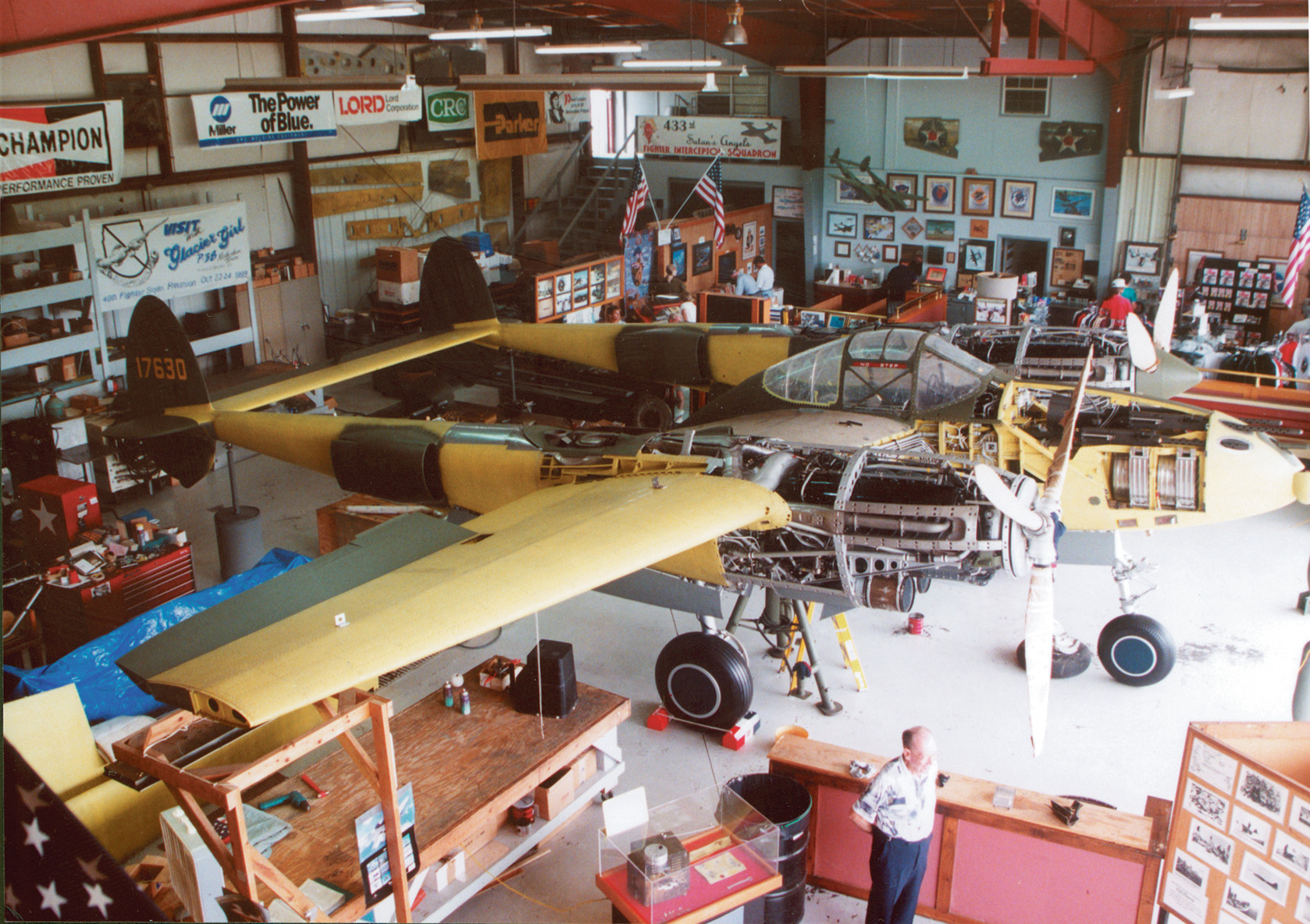
More problems occurred as the pilots checked their fuel gauges. It was decided if they all did a 180-degree turn and descended to a lower flight level they would consume less fuel and therefore have a good chance of reaching Labrador.
The pilots looked out of their gondolas (cockpits are called gondolas in Lightnings) at the desolate sea, their imaginations becoming bleak and dark along with the threatening sky.
After eight hours of flight in hazardous conditions, the group landed safely at BW-8. They awaited their next and final mission.
On Sunday, July 12, 1942, Tomcat Green flew to BW-1 with no weather or navigation problems. They waited out a storm for two days and on July 14 departed to meet up with Tomcat Yellow.
At this stop the men showered for the first time since leaving the States 10 days earlier. They shopped for candy, cigarettes, and collectibles, then turned in for a well-deserved and necessary sleep before the next morning’s mission.
After a couple hours of sleep, the pilots awakened and were ordered to prepare for takeoff. At 3:00 am on July 15, the pilots performed their pretakeoff checklists, ran up the superturbocharged Allisons, and departed for the next leg of the flight across the Denmark Strait to Reykjavik, Iceland. Ninety minutes from Iceland, the squadron ran into a wall of cumulus clouds that forced them to climb from 12,000 to 14,000 feet.
Pilots employed different strategies to deal with the cold. McManus imagined his parents on a sandy summer beach. In the Lightning next to him, R.B. Wilson tore the defroster from its housing, attempting to heat his gloves so he could feel the controls.
Again, the group descended beneath the overcast, anticipating clear weather at lower altitudes. The ships tightened their formation, and as ice and snow continued to blow, the visibility decreased to 30 or 40 feet. The Lightnings pulled closer to the bomber as the pilots jockeyed in the turbulence, one hand on the the fact that on a previous mission a B-17 was reported to have made a successful wheels-down landing on the icecap.
On July 15, he touched down at 110 mph, lightly handling the controls and ready to lift the ship off the ice and make a go-around if he felt any problems with the terrain. He pulled back on the control yoke and power controls, slowing to 70 mph with the nose gear pitched high in the air. He felt the main gear rolling solidly on what appeared to be firm ice.
As the airspeed indicator reached 60 mph, the nose wheel touched down, dug into the snow, and flipped eight tons of aircraft onto its back, McManus firmly harnessed inside the gondola.
The young pilot was hanging upside down from his restraints. He looked around into the quiet darkness, snug in the middle of the center section of the aircraft. He was careful to cut himself free of the safety belts. Pilots had been known to break their necks if not cautious when freeing themselves from an inverted position after a crash. Outside, he finally heard the familiar sound of powerful engines circling the crash site.
The remaining Lightnings and B-17s landed safely in the gear-up position. The larger B-17s, with their reserve fuel, were able to remain aloft for another half-hour sending SOS signals. The navigators estimated their position at 65 degrees, 20 minutes north latitude and 40 degrees, 20 minutes west longitude.
All of the crewmembers set up camp in the B-17s, renamed Hotel Big Stoop and Hotel Do-Do. Emergency rations were divided so that each man had enough to last at least two weeks. Some had more. They had brought silk stockings, chocolate, lipstick, ham, and whiskey from home, prepared for the war rationing in England. A helmet filled with flammable material served as a stove.
On the second day, one of the crew devised a makeshift space heater for the B-17s. A metal oxygen canister with a parachute stringer as a wick and engine oil as fuel was strapped to the fuselage of each of the two bombers.
Rescue was of utmost importance. Aerial identifications on kites were flown above the crash site. Holes were dug to enable some of the B-17 radial engines to run, thereby recharging batteries for SOS radio transmissions.
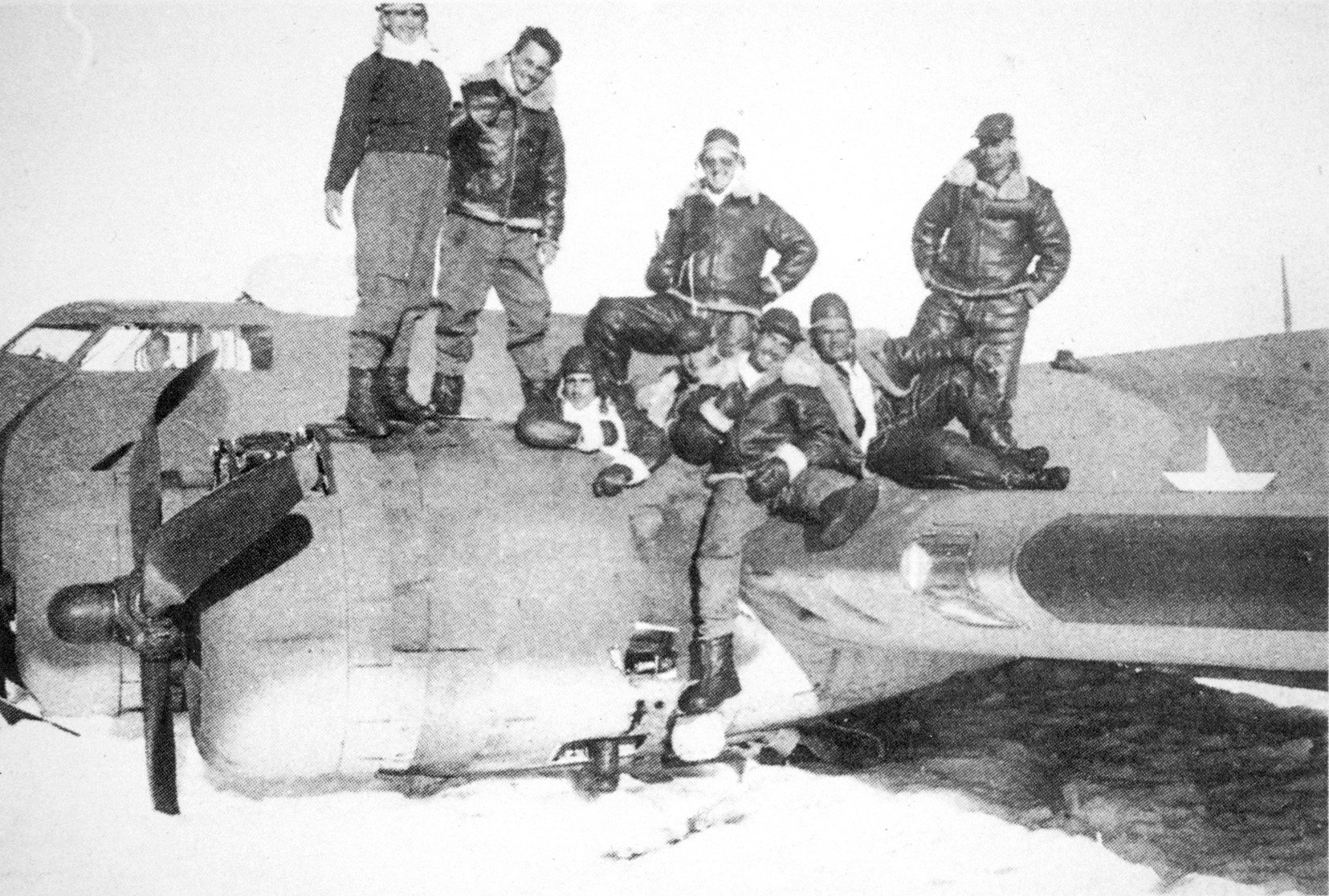
On the third day, a radio operator in one of the B-17s received a message requesting a confirmation of their location. Staff Sergeant Oran Earl Toole, the BE-2 base radio operator, had received the message that eight aircraft had made emergency landings on the ice. Toole was told one of the pilots was injured.
Later the same day, two C-47 transport planes dropped supplies in 50 mph gusts. Some were blown into the snowy distance, while others were secured by the crews.
The C-47s had dropped essentials—sleeping bags, whiskey, medicine, and just for a few laughs in the barren wilderness, condoms.
The atmosphere in camp changed immediately after the drop, the crew believing that rescue was imminent. Men danced on the wings of the bombers, battery-powered radios received music from England and Iceland, and burlap bags and parachutes were used to wind surf.
A Navy Catalina PBY flying boat with its ear-piercing 825-horsepower twin wasp engines was a welcome sight to the crews on the ground. Lieutenant George Atterbury, the Catalina pilot, dropped supplies as well as news from home. There were updates about the progress of the rescue party that was dispatched from a weather station 100 miles north of their position.
Unfortunately, BW-8’s commanding officer, a rescue specialist, was involved with another mission. Toole was a newly trained radio operator just learning the ropes at BW-8 and had no background in rescuing flyers in Greenland’s wilderness.
His commanding officer, Lieutenant Fred Crockett, had been part of Admiral Richard Byrd’s Antarctic expedition in 1939. Crockett was therefore given the assignment to rescue the fliers off the icecap.
Crockett’s rescue group comprised four other men: Corporal Donald A. Shaw, a sled dog driver; Staff Sgt. Robert L. Beale, a mechanic; Corporal Gordon Don Kent, an Arctic adviser; and Toole, the radio operator.
On Friday, July 17, the party set out from BE-2 in the only available rescue vessel, the Uma Tauva, a 30-foot wooden launch powered by a four-cylinder marine engine. It looked more like a Mark Twain or Huckleberry Finn vessel than a rescue launch.
They pulled with them an old dinghy carrying five sled dogs, some gear, and a homemade sled to carry the injured airman. They had not yet heard that McManus had only received a gash in his arm and was not incapacitated. It was decades later that McManus found out that the one sled was intended for him.
Toole, although trained only in the operation of radios, navigated from the bow of the wooden boat. They twisted through massive chunks of floating ice that could sink a ship 10 times the size of the Uma Tauva.
On July 21, four days after leaving their home base, their small vessel reached the coast. The next day, Kent, Shaw, and Crockett headed inland for the 10-mile trip to the downed fliers, marking their way for the return trip to the coast. Ten miles turned into 17 as the men dodged uncertain crevasses in the ice. They reached the coast on July 26, and the next day reached the Lost Squadron.
Northland, a Coast Guard cutter, had reached BE-2 by this time and would theoretically join the expedition for the return trip, hopefully with all members of the Lost Squadron.
At the landing site, the marooned pilots packed personal items, preparing for their hike off the icecap. McManus took a clock from his ship as a keepsake while others shot holes into electronic equipment with their .45s. The aircraft carried sensitive U.S. radio recognition identification equipment referred to as “Friend-Or-Foe” radios that had to be kept from enemy hands.
The men sank to their knees in crusted snow as they trekked back to the coast. Some had built toboggans out of aircraft canopies and cowlings. Most did not heed Crockett’s advice about packing light for the trip to the coast where the Uma Tauva and Northland would be waiting.
The track of the flyers eventually extended for a mile as the heavily laden expedition continued on its difficult course. The frozen ground became littered with the discarded weight of gear, including handguns, uniforms, trench coats, blankets, food, and even a pair of roller skates.
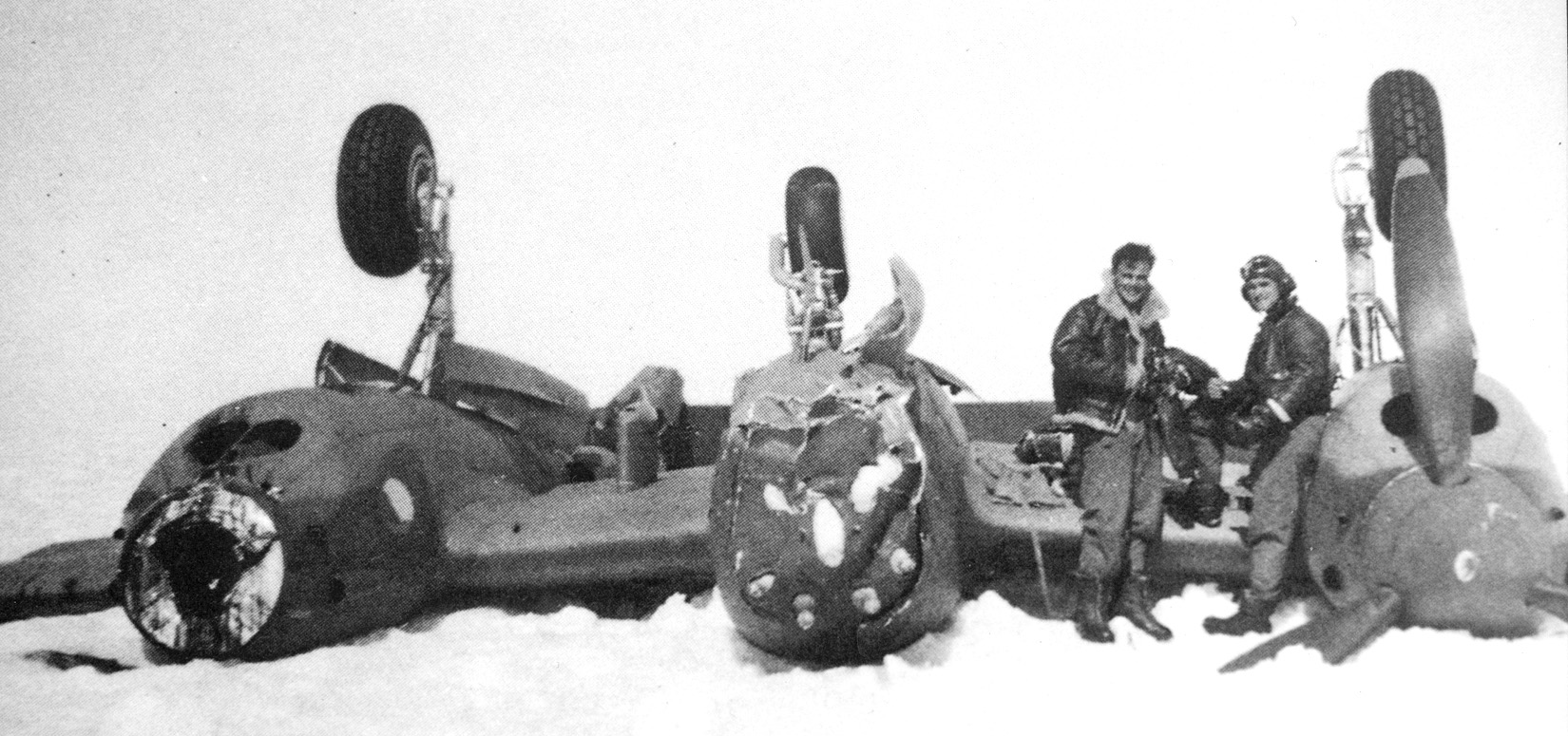
One crewmember, R.B. Wilson, had a pair of green ski pajamas his mother had given him for the trip. Wilson pulled them over his uniform rather than discarding the gift, earning him the nickname “The Green Hornet.”
Men collapsed in the snow, stripping off more equipment, abandoning homemade sleds. They rested, got too warm in the sun, took off layers of clothes, got cold, and put them back on. Conquering one exhausting hill, they faced another until finally reaching the coast.
All 25 men arrived safely, but there was no sign of Northland. Waiting for the arrival of the ship, McManus curled up on a flat boulder, enjoying it as though it were a mattress from home.
The cutter arrived a few hours later and anchored just beyond the pack ice. After showers, dry clothes, and a Coast Guard meal, the men were dropped off at BE-2 where Catalinas picked them up and ferried them to BW-1 for debriefing.
The flight took them over their landing site. They had become the largest group forced to land in aviation history. The aircraft of the Lost Squadron were smartly formed in a semi-circle. They were almost a display of historic aircraft in metaphoric formation ready for the Smithsonian. The crews watched as the Catalina climbed through clear skies. They thought the mystery was over. What else could happen?
Not long after the crews returned to the States and received new assignments in July 1942, officials discovered that not all the sensitive equipment on the aircraft had been destroyed. The war was new and top secret military hardware could ultimately change the balance. The men had destroyed all the IFF (Identify Friend or Foe) radios, but both B-17s were equipped with top secret Norden bombsights. One was confirmed destroyed, while the other remained intact.
The bombsights were critical to U.S. aviation operations. Created by inventor Carl L. Norden, the 50-pound mechanism operated independent from the buffeting of the aircraft. It remained level when the plane banked, using gyroscopes spinning at 7,800 rpm and steadying the sight regardless of the pitch or roll of the aircraft.
The sights were the most secret technology of the war effort prior to the Manhattan Project. By 1945, 14,000 had been produced by the Lukas-Harold Co. of Indianapolis. To permit even one of these to fall into enemy hands at the beginning of the war could have proved disastrous to the Allies.
Major Norman Vaughan, a member of the first Byrd Antarctic expedition (1928-1930), was elected to locate and recover the bombsight. There was no group expedition, just Vaughan and Max Demarest, a cold weather specialist.
The two men set out in August for the crash site, Vaughan traveling on dog sled and Demarest on skis. Storms hindered their progress and delayed the scheduled rendezvous with a ship on the coast. As provisions dwindled, Demarest returned, leaving Vaughan to find the aircraft and recover the bombsight before the enemy reached it. Vaughan recovered a top-secret bombsight and .45-caliber pistol. The bombsight was undamaged since the self-destruct device failed to go off.
Obviously, the bombsight did not fall into enemy hands. The air war sufficed as proof.
The Lost Squadron aircraft remained for a time on the ice in Greenland. Sightings were reported over the years, and expeditions were launched as early as 1977 to recover the aircraft.
Eventually it was thought the planes were buried under 30 or 40 feet of snow and ice. In 1992, one aircraft, P-38 Delta, serial number 17630, was spotted with the use of high-tech equipment at 256 feet under solid Greenland ice. The Lost Squadron was no longer lost.
P-38 Delta, today known as “Glacier Girl,” is the only salvaged aircraft from the six Lightnings and two B-17s that went down in 1942.
Glacier Girl completed her first flight since 1942 on October 26, 2002, at The Lost Squadron Museum in Middlesboro, Ky. She is on display and flies out of Bell County Airport. The museum is open seven days a week from 8:00 am to 5:00 pm.
Jim Opalka is an aviation writer and certified instrument flight instructor. He flies out of Butler County, Penn., and is working on a story about his father’s experiences as a B-26 bomber pilot during World War II.
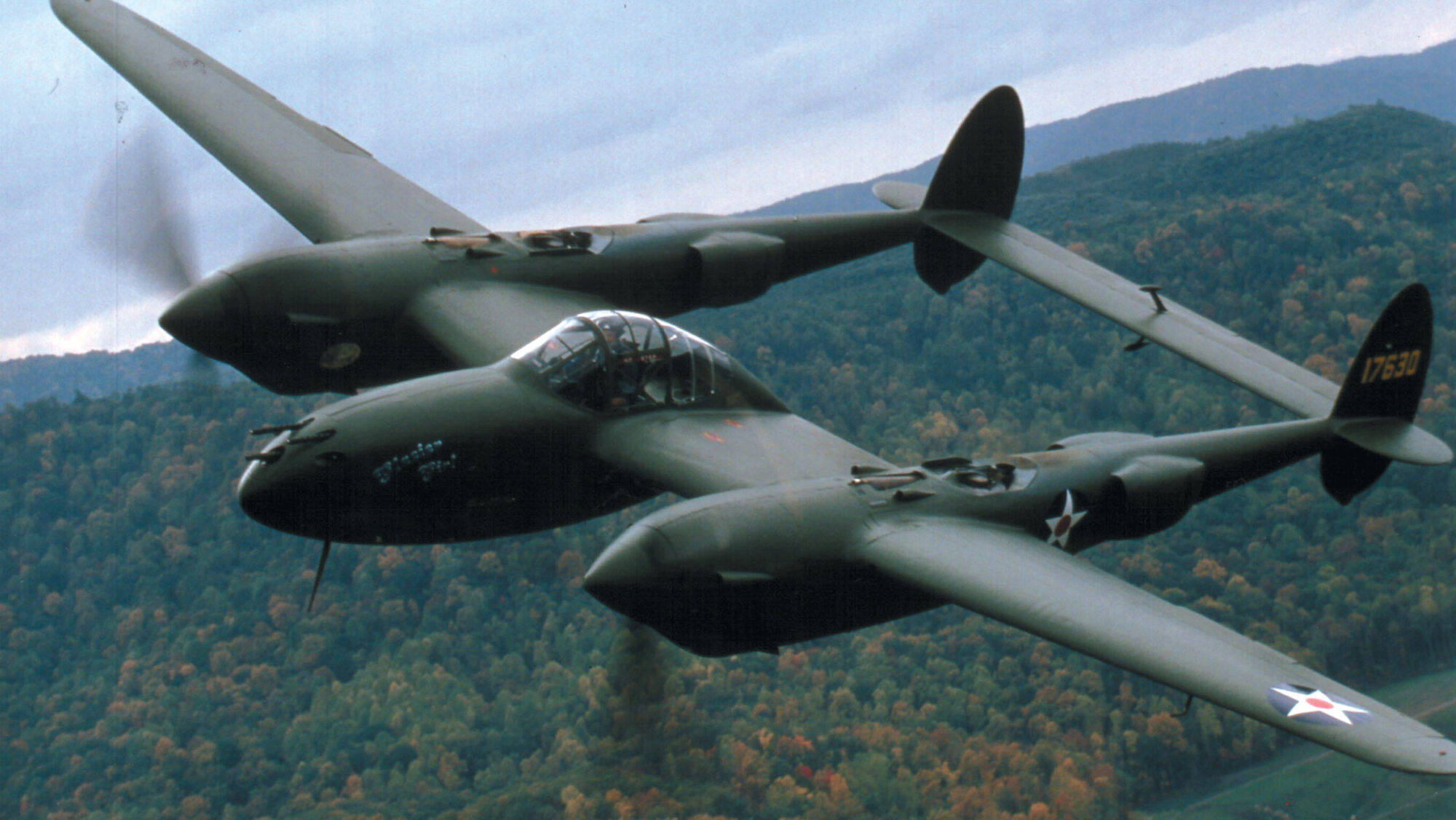
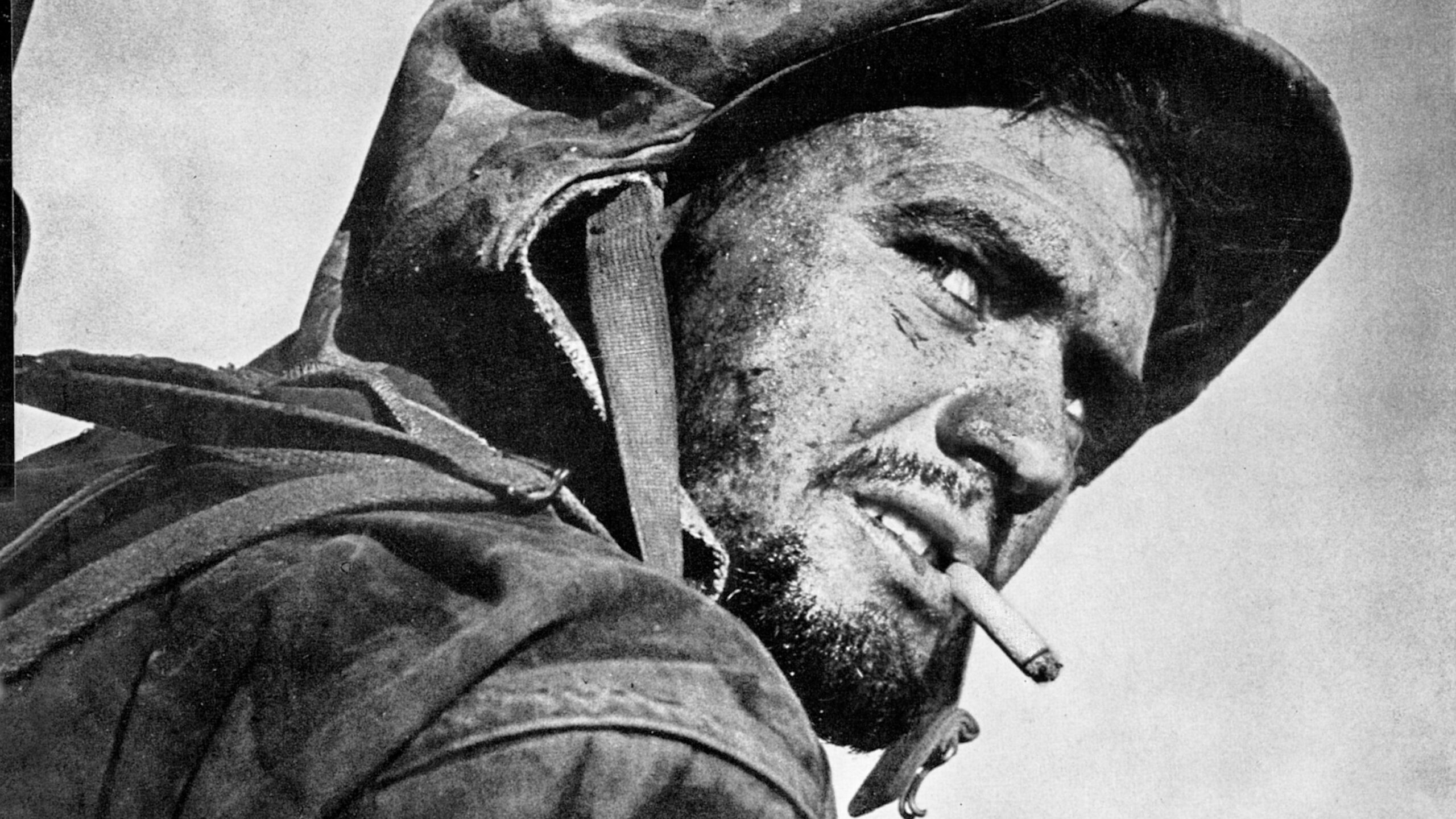
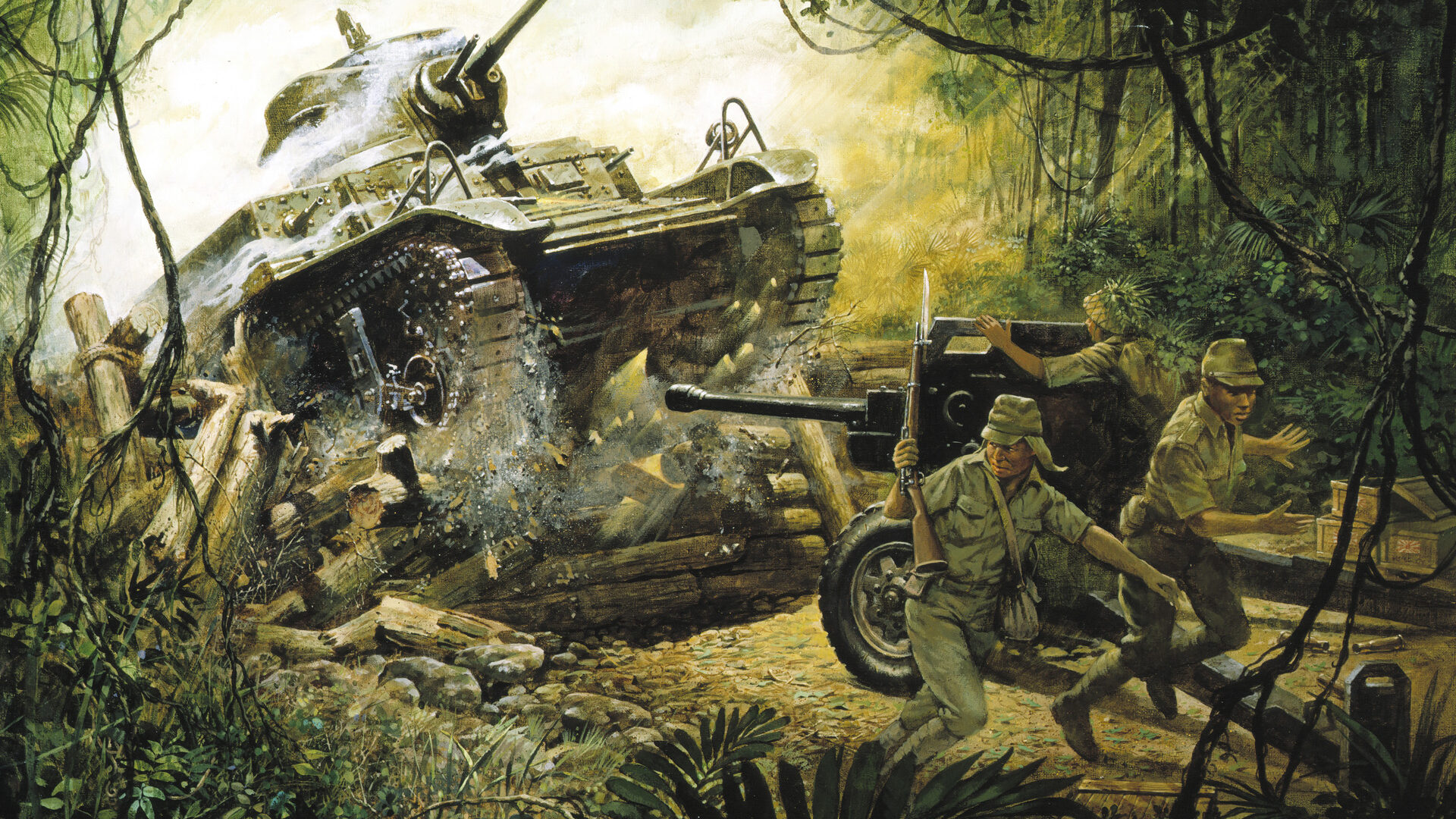
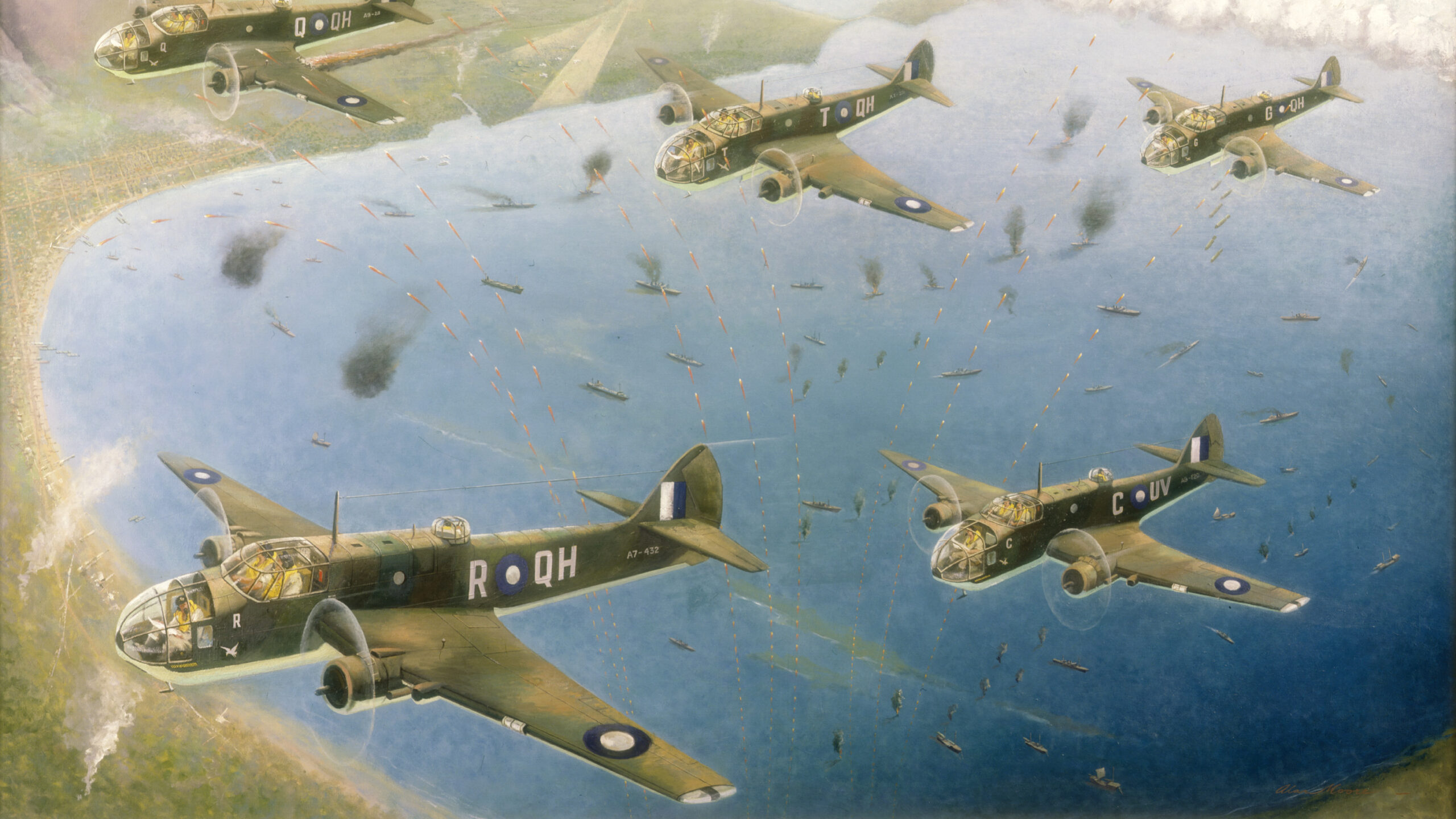
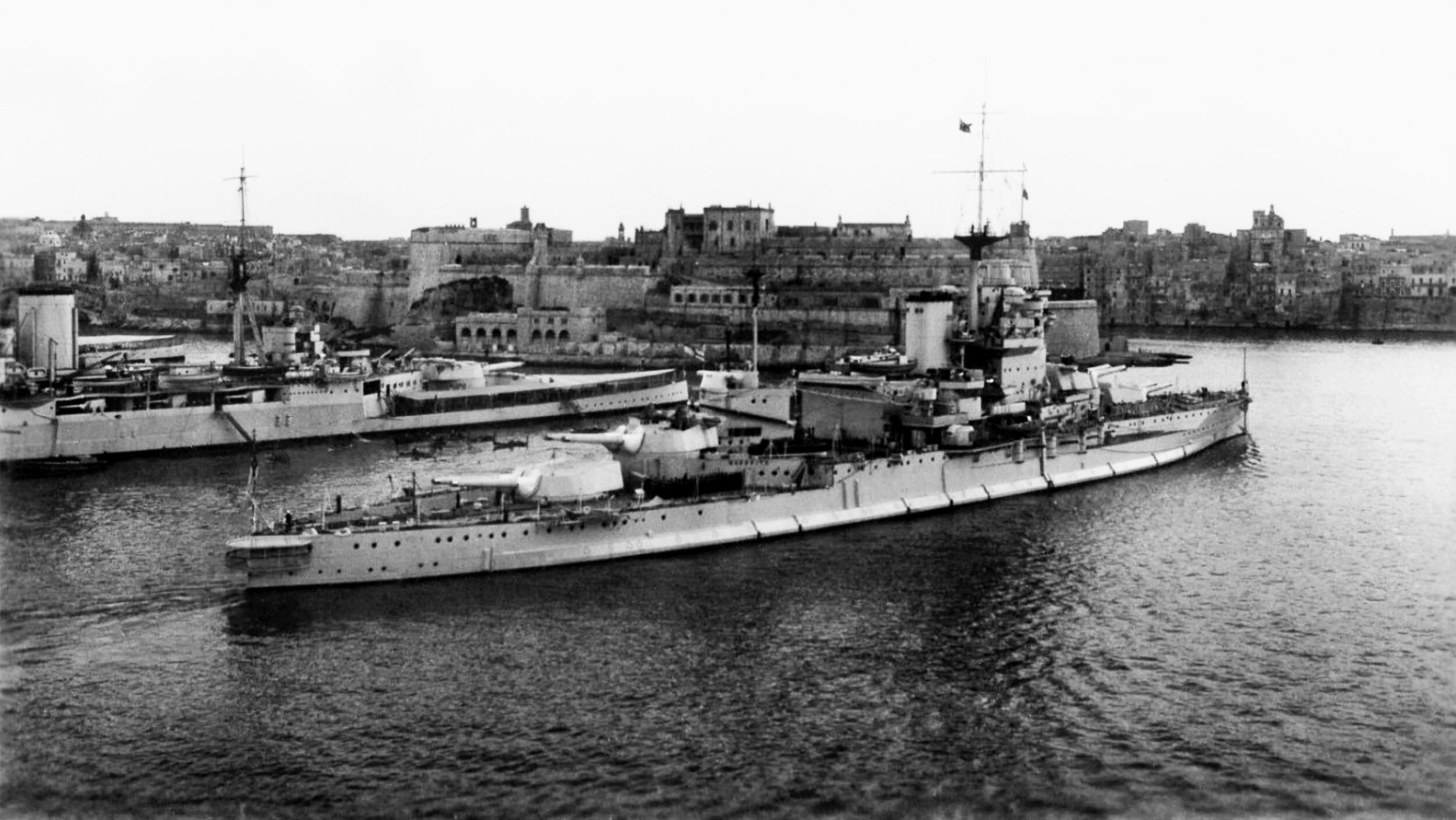
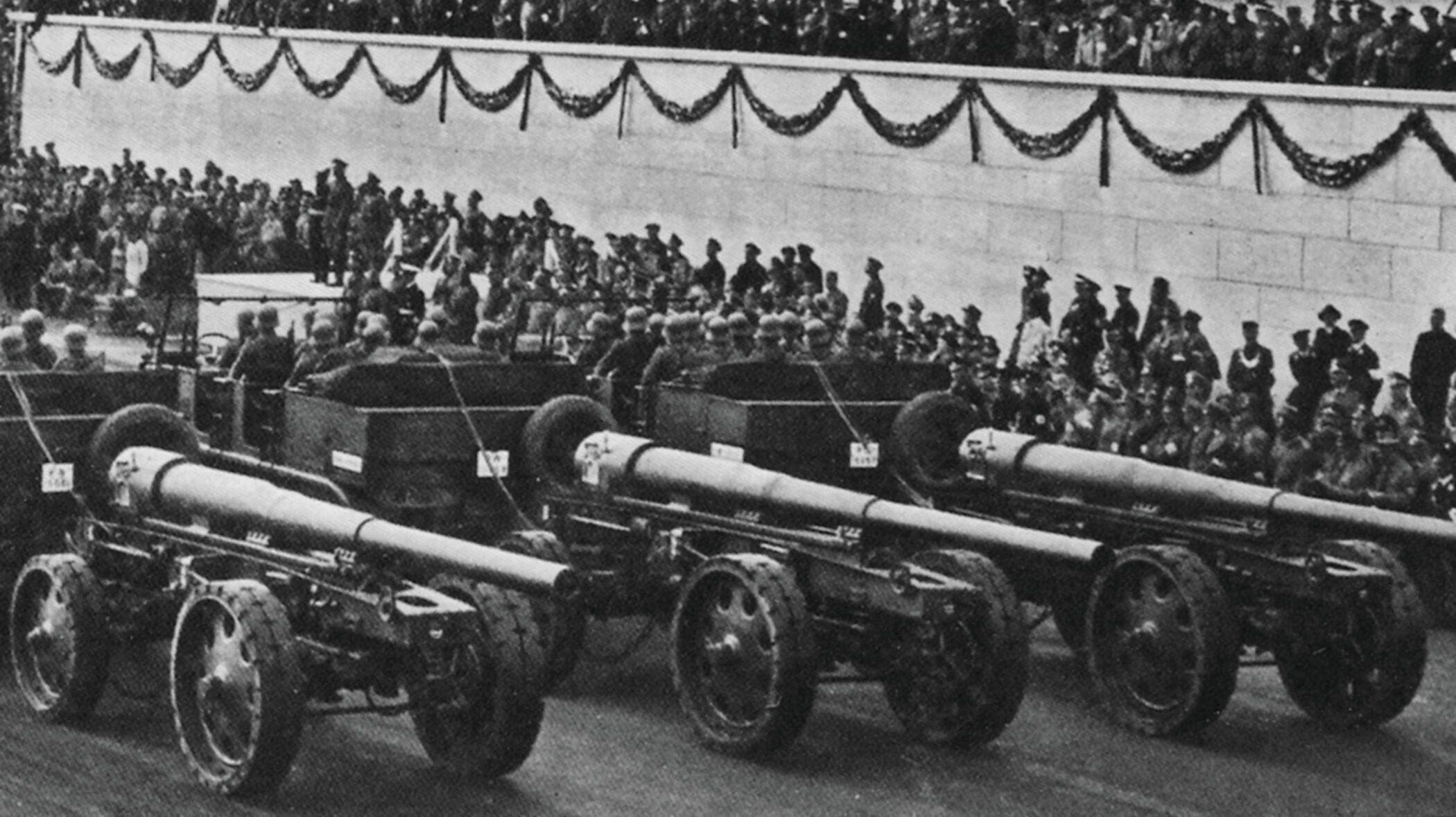
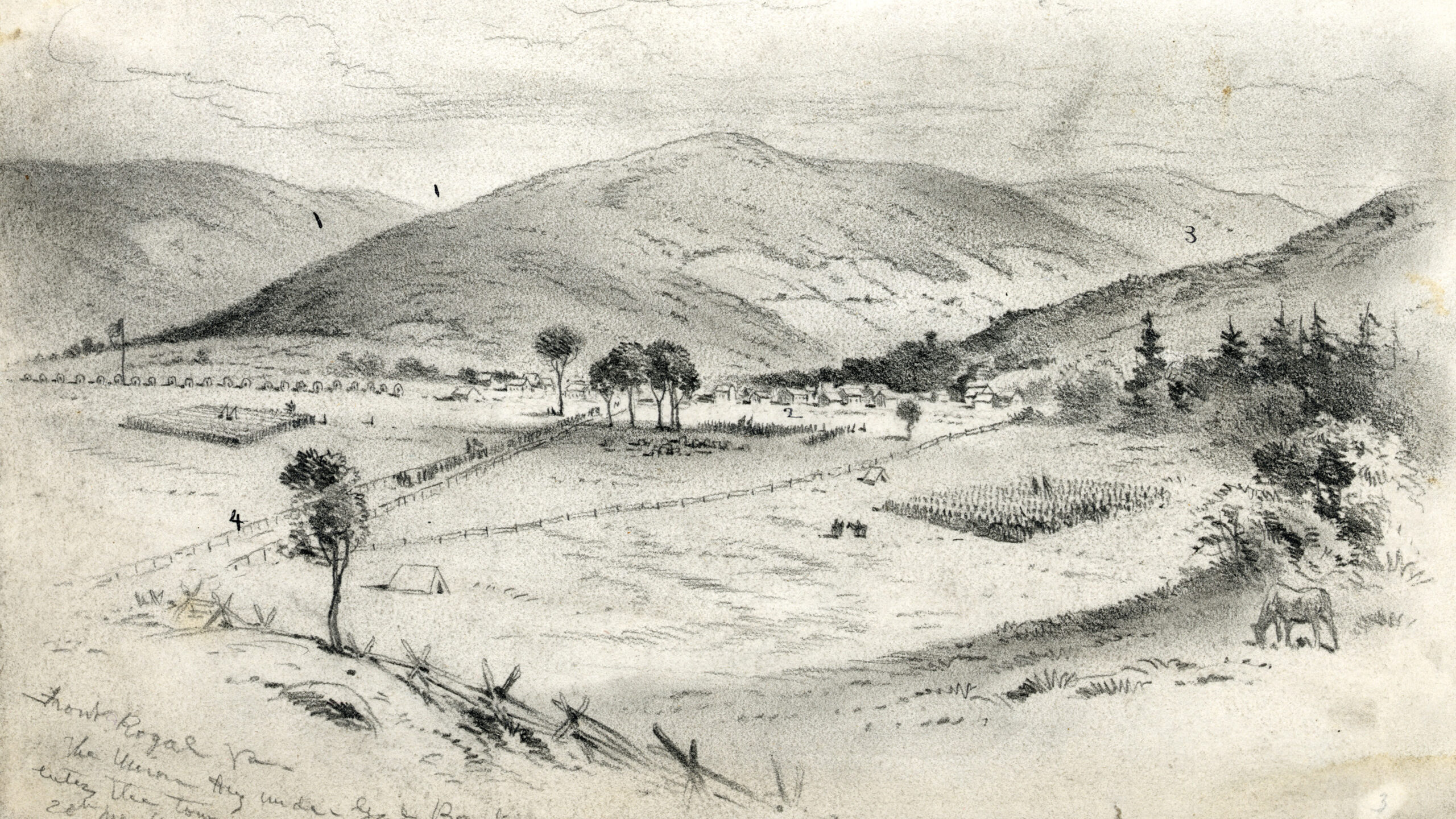

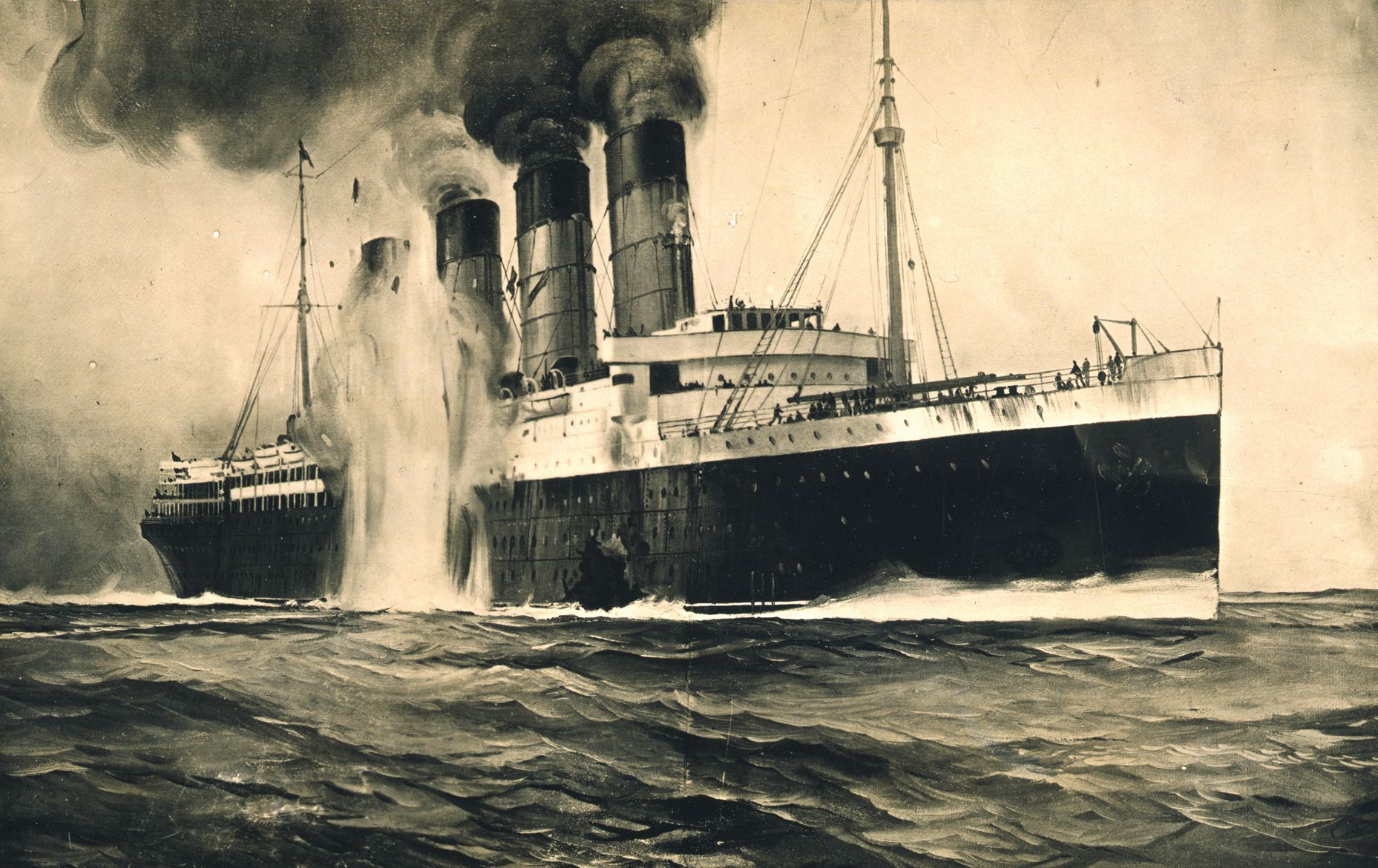
Join The Conversation
Comments
View All Comments